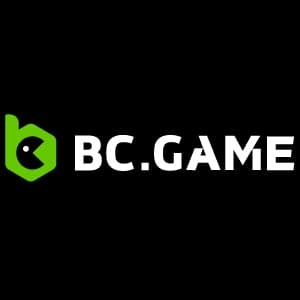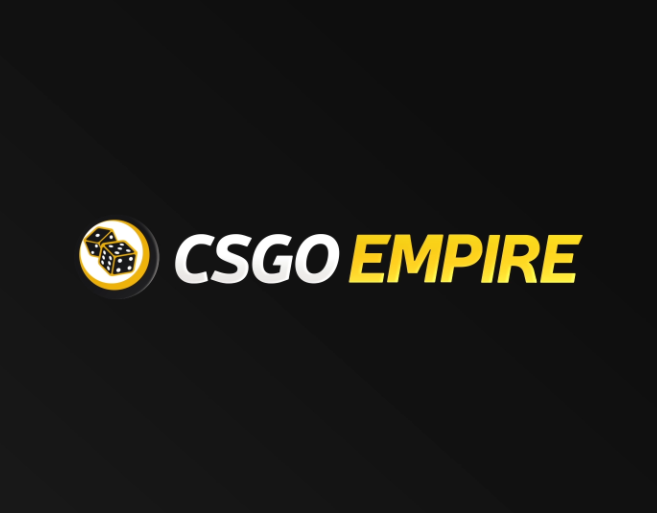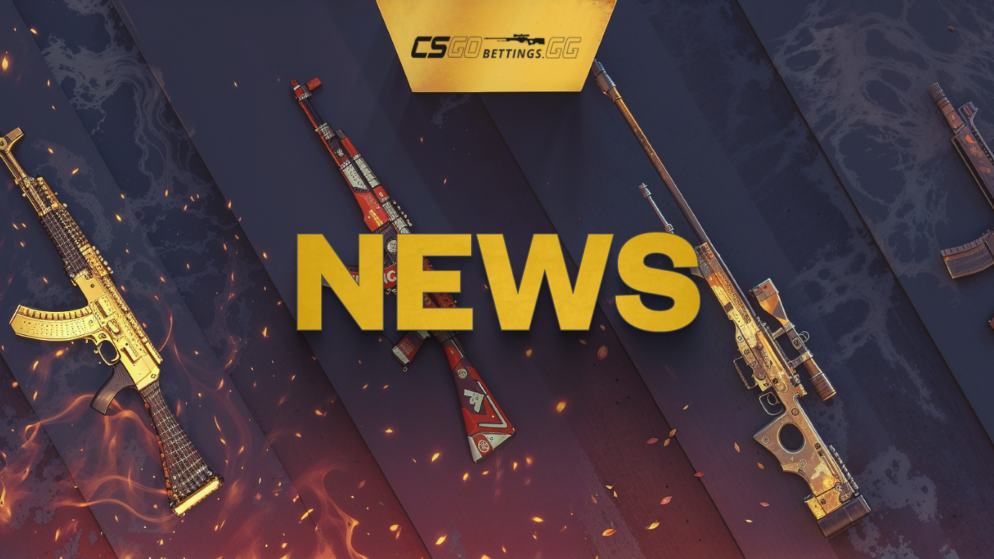
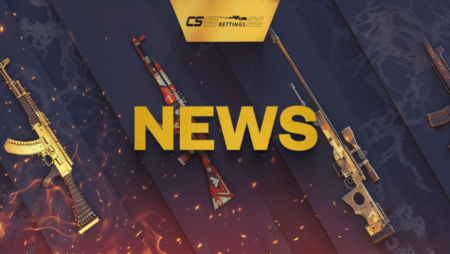
Organizers of the CS2 Asia Championship 2025 have confirmed MIBR as the final invited team. This finalizes the tournament pool: 10 invites, 6 qualifiers, all groups settled, and no uncertainty left in the structure.
The tournament (October 14–19 in Shanghai) will follow this format:
- 4 GSL-style groups of 4 teams (BO3)
- Group winners go directly to semifinals
- 2nd and 3rd place teams move to quarterfinals
- 4th place teams are eliminated
- All matches are BO3
- Total prize pool: $1,000,000
MIBR joins the event as a mid-tier team with Tier‑1 experience but volatile VRS performance. Their inclusion brings balance to groups expected to feature non-consistent structures (OG, paiN, Legacy).
Impact on Trading Models
With the full list now known, traders can shift from conditional modeling to actionable preparation:
- Pre-calculate group structure, veto profiles, and style conflicts
- Segment teams into stable/unstable frameworks
- Identify crossover matches with high VRS value potential
MIBR tends to generate early favoritism in live markets through high entry activity but often loses tempo against teams with disciplined delay frameworks. That’s critical in pairings versus Spirit or Monte – teams that hold structured control for the first 5 rounds.
Updated Structure: Invite Groups and Regions
| Category | Teams |
|---|---|
| Top‑Tier Invites | FaZe, Spirit, Liquid, NAVI, Virtus.pro |
| Mid‑Tier Invites | MIBR, paiN, OG, Legacy, 3DMAX |
| Regional Qualifiers | MongolZ, Lynn Vision, TYLOO, The Huns, NKT, Rare Atom |
At least two groups will feature three teams from overlapping regional or stylistic ecosystems. That creates repeatable match conditions especially in veto habits and round structure, making early pattern recognition a trading edge.
Trading Takeaways
Pre-Match
In MIBR vs OG or paiN, expect overconfidence in entry metrics. Sides with stronger site anchoring and retake sync (like OG) offer better control-based win conditions.
Live
In MIBR vs Spirit or NAVI, fade MIBR after the first full-buy round if no clutch hold or multi-kill B-site defense appears. MIBR’s pacing tends to drop if default fails by round 4.
BO3 Flow
Map one shows volatility. Map two is where market correction often occurs – if early frag dominance doesn’t repeat, odds typically misprice structural shift.
Conclusion
With MIBR confirmed, all modeling can now rely on full structure. The event’s landscape is set – no need for placeholder teams or guesswork. Traders have group logic, team styles, and match patterns available well before the opening pistol. The model is open. Now it’s about applying discipline and recognizing where structure outperforms sentiment.
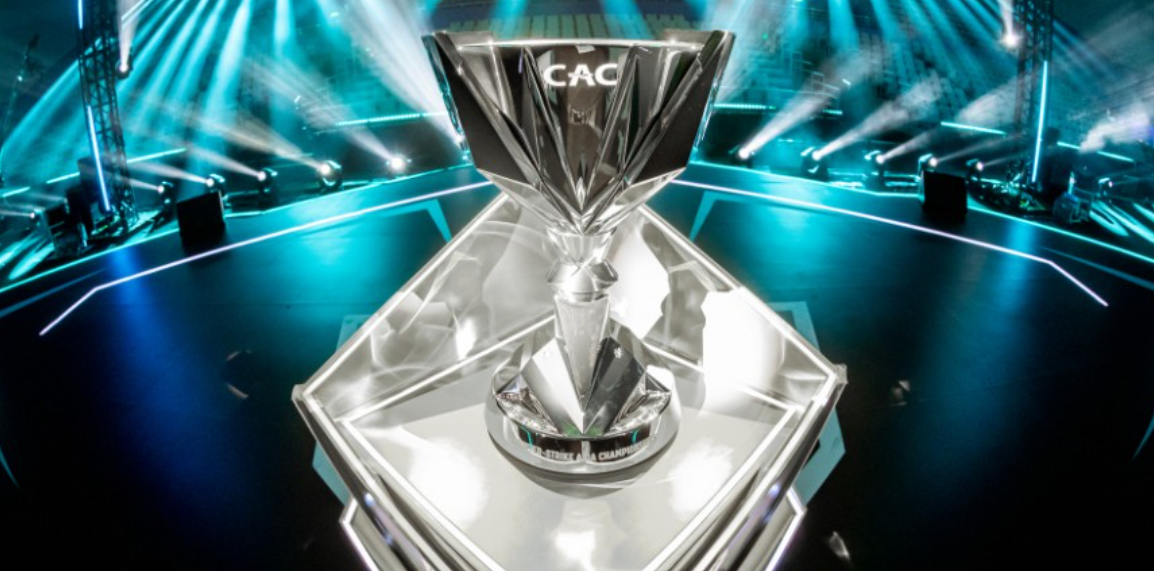

|
Mary S Colbert is a Chief Content Editor at csgobettings.gg, specializing in CS2 with over 8 years of experience as an e-sports analyst. Her informative articles on the game have made her a go-to resource for fans and her expertise is widely respected within the industry.
|



